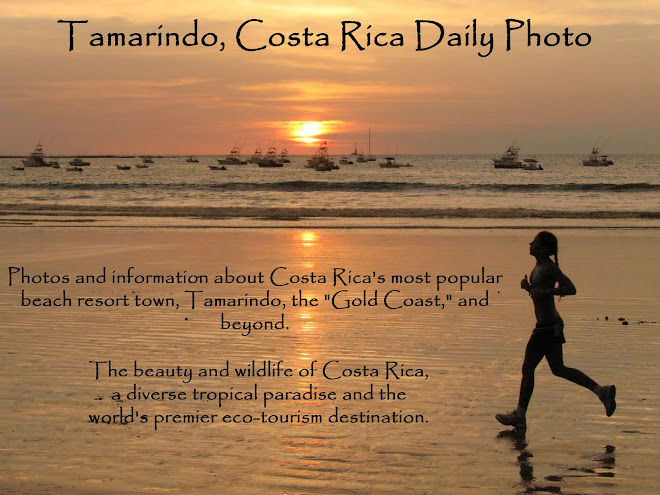 This is a hiking trail in Barra Honda National Park. Tomorrow, as part of the worldwide first-day-of-the-month Daily Photo theme day, I will show what is at the end of the trail, which is one of the major attractions of Barra Honda.
This is a hiking trail in Barra Honda National Park. Tomorrow, as part of the worldwide first-day-of-the-month Daily Photo theme day, I will show what is at the end of the trail, which is one of the major attractions of Barra Honda.I was recently in a bookstore in the U.S. and came across a book entitled "1001 Natural Wonders to See before You Die," and Barra Honda was one of them. After the photos I will post on the next few days, you will be better able to assess for yourself whether you will be satisfied visiting this natural wonder through the convenience of your computer or whether you will visit in person some day.
Barra Honda is located about an hour southeast of Tamarindo. It is just past the town of Nicoya, which is near the bottom of the map on the lower left of this website. As the above photo shows, Barra Honda is forested. This photo does not show that it is also a limestone hill that is 450 m. (1,475 ft.) high. The limestone nature of the hill may give a clue to some people about what lies ahead at the end of this trail, as will be shown tomorrow.







+0563+P1010165.jpg)













,+Rincon+de+la+Vieja+P1090550.jpg)


+0633+P1010073.jpg)


+0560+P1000916.jpg)
+P1100052.jpg)

+IMG_0843.jpg)


